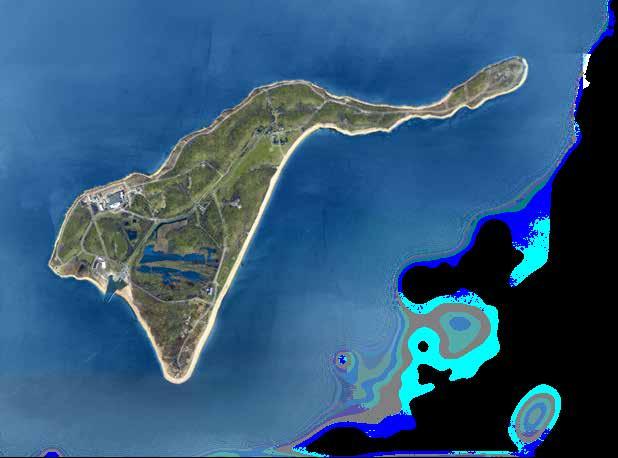
1 minute read
ENCOUNTER THE CULTURE & HISTORY OF AN EARLY AMERICAN COASTAL LANDSCAPE 6
Day visitors will enjoy tours of National Register historic site Fort Terry to explore the finest example of a seacoast defense post remaining in the country—a site that also played a role in early injustice against sexual minorities in the military. At a dedicated Plum Island visitor center located at Orient Point, explorers can also learn of earlier uses of Plum Island by Native Americans, colonists, and subsequent owners. Archaeologists will conduct sensitively-undertaken research to expand understanding of our shared cultural heritage.
Researchers and students might use a small field station and dormitory in an adaptively refurbished building for academic studies and one-night stays. Interpretive programs may also commemorate the Plum Island Animal Disease Center’s research and vaccine development, which have been vital to protecting animal agriculture.


Through partnerships with federal, state, and local governments, nonprofit organizations, Friends of Plum Island, and volunteers, Plum Island will become a place of study, conservation, and ecological restoration. Researchers will study the island’s exemplary marine rocky intertidal zone; maritime bluffs, beaches, and dunes; and eelgrass beds and nearshore marine biology. Conservation efforts will demonstrate how natural areas can rebound and thrive.





